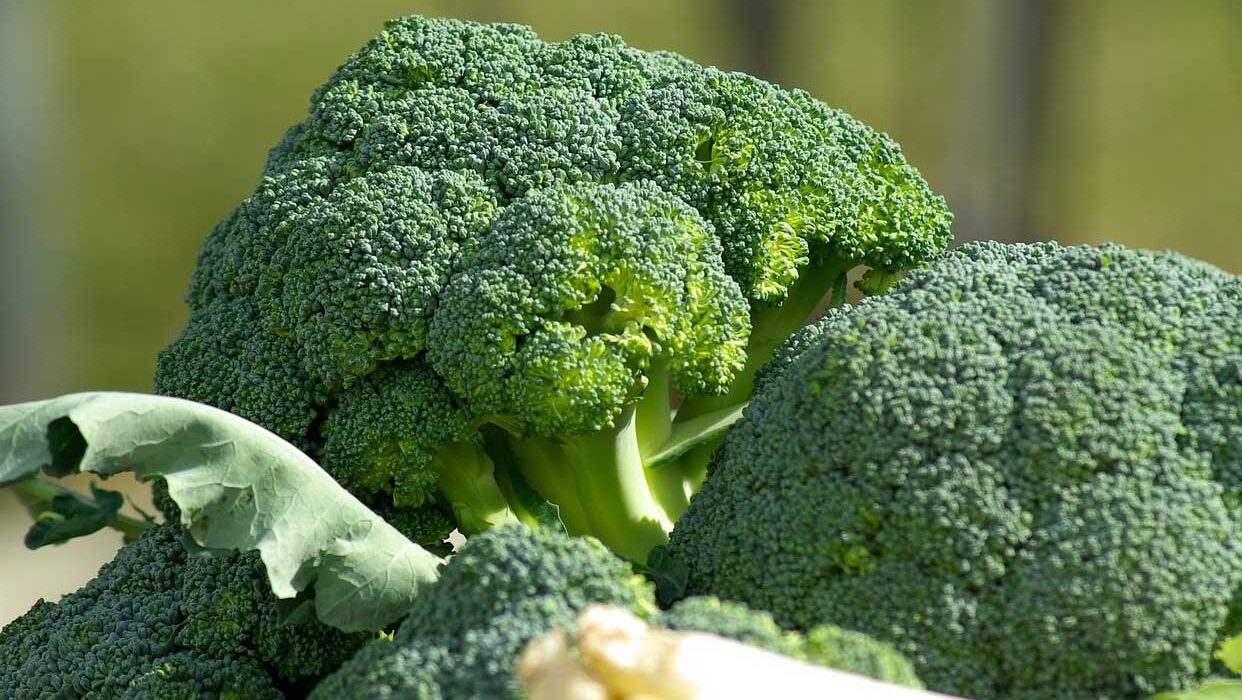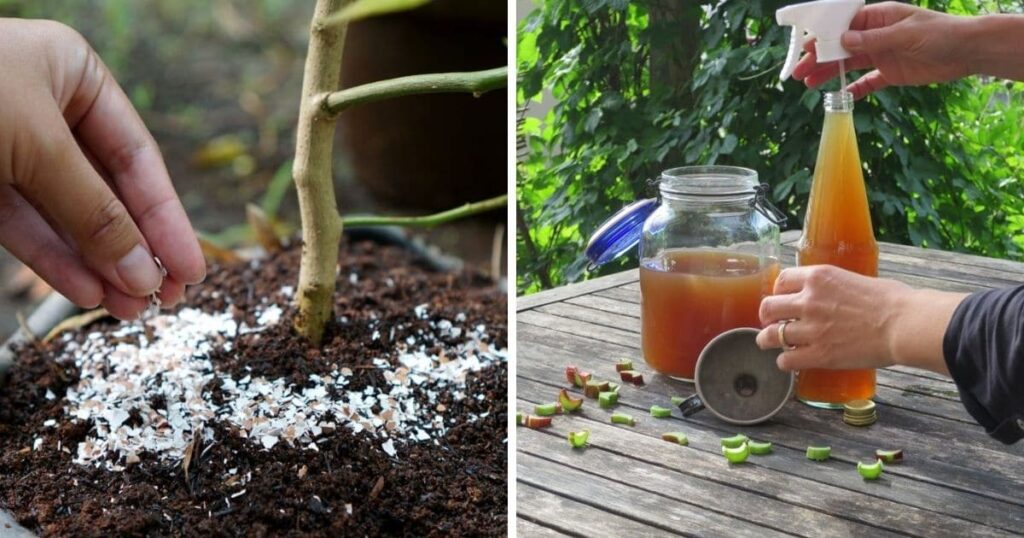Broccoli farming: A complete practical guide for growers

Broccoli farming is quickly gaining popularity among both small-scale and commercial farmers due to its high nutritional value and steady market demand. Rich in vitamins A, C, K, folate, calcium and antioxidants, broccoli is one of the most profitable vegetables to grow especially for farmers targeting urban markets, supermarkets and health-conscious consumers. With the right techniques, broccoli farming can be transformed into a rewarding agribusiness venture.
Understanding the ideal growing conditions
Broccoli performs best in cool climates. The ideal temperature range for healthy growth is between 15°C and 25°C. These conditions encourage the formation of firm, compact heads that are preferred in the market. When exposed to prolonged high temperatures, the plant may form loose heads or start flowering early, leading to lower yields and reduced quality.
For farmers in warmer regions, it’s advisable to plant during cooler months or use mulching and irrigation to keep the soil temperature low. Mulching also helps in conserving moisture and reducing weed competition, which improves overall plant performance.
Soil preparation and fertility management
The foundation of successful broccoli production lies in good soil preparation. Broccoli thrives in fertile, well-drained loam soil that is rich in organic matter. Before planting, plough the land deeply and mix it with well-decomposed manure or compost. This improves the soil structure, aeration, and nutrient content.
Avoid using fresh manure because it can burn young plants and increase the risk of diseases such as root rot. The ideal soil pH should range between 6.0 and 7.0 for optimal nutrient absorption. If the soil is too acidic, apply agricultural lime before planting to balance the pH.
Nursery preparation and transplanting
Broccoli is commonly propagated using nursery seedlings. Seeds are sown in nursery beds or seed trays filled with a mixture of soil and compost. Keep the nursery moist but not waterlogged to encourage uniform germination.
After four to six true leaves have developed and the seedlings are strong, they are ready for transplanting usually about four weeks after sowing. Transplanting should be done during the cooler parts of the day (early morning or late evening) to minimize transplanting shock.
Recommended spacing is 45 cm between plants and 60 cm between rows. This allows each plant sufficient room for proper head development and easy field management.
Fertilization and nutrient management
Broccoli is a heavy feeder, requiring adequate nutrients for optimal yield.
- Nitrogen (N): Promotes leafy growth, essential for photosynthesis and head development.
- Phosphorus (P): Encourages strong root growth and improves early establishment.
- Potassium (K): Enhances plant vigor and helps form firm, high-quality heads.
Apply organic compost at planting and supplement with mineral fertilizers based on soil test results. Too much nitrogen should be avoided as it can result in excessive leaf growth instead of compact head formation. Split fertilizer applications one at transplanting and another during head initiation give the best results.
Irrigation and water management
Consistent watering is crucial, especially during the head formation stage. Water stress can lead to small, deformed heads and may trigger premature flowering. Drip irrigation is ideal because it delivers water directly to the root zone, conserving moisture and preventing diseases caused by wet foliage.
In dry areas, mulching with grass or crop residues helps retain soil moisture, control weeds, and maintain cooler soil temperatures. Regular watering,two to three times a week depending on weather conditions is recommended.
Pest and disease control
Like other cruciferous vegetables, broccoli is prone to pests and diseases. Common pests include:
- Caterpillars and cutworms – chew leaves and damage young shoots.
- Aphids – suck plant sap and cause curling or yellowing of leaves.
Diseases such as downy mildew, black rot and clubroot can also affect crop performance. To reduce these problems:
- Practice crop rotation with non-cruciferous crops.
- Maintain field hygiene by removing plant residues.
- Use neem extracts or other organic pest control options early.
- Apply recommended fungicides or insecticides responsibly when infestations are severe.
Harvesting and Post-harvest handling
Broccoli should be harvested when the main head is firm, tight and dark green, just before the florets start to loosen or turn yellow. Use a sharp knife to cut the head along with a portion of the stem.
After the main harvest, the plant often produces side shoots, which can be harvested later to increase overall yield. Post-harvest handling is critical to maintain quality keep broccoli cool, shaded, and moist to preserve freshness and prevent wilting.
For extended shelf life, store harvested broccoli at 0–5°C under high humidity conditions.
Marketing and profitability
Broccoli has strong market potential in fresh produce markets, supermarkets, hotels, and restaurants. Farmers can also explore value addition by freezing, cutting, or packaging broccoli for ready-to-cook meals.
Profit margins are higher when production costs are minimized through efficient irrigation, organic inputs, and proper pest management. With strategic marketing, especially in urban areas where healthy eating trends are growing, broccoli farming can generate excellent income throughout the year.
Broccoli farming combines nutrition and profitability making it one of the best choices for modern vegetable farmers. With proper soil management, adequate irrigation and timely pest control, even small-scale growers can enjoy high yields and consistent income.
Whether you’re cultivating a small backyard garden or managing large commercial fields, broccoli farming offers a sustainable way to feed communities while building a profitable agribusiness.











